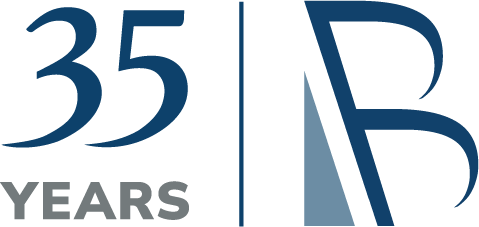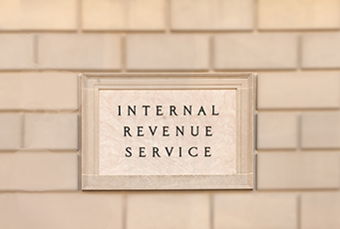If I've heard it once, I've heard it a hundred times: "What should I do with this old employer retirement account?" The Wall Street Journal recently reported about 30% of workers leaving jobs elect to cash out their 401(k) accounts and pay taxes – and often 10% penalties! Is that the smartest option?
Are there legitimate reasons for cashing out an old employer retirement account? In certain situations, of course. But it's important to know there are other options, including ones that will save you money in the short and long term.
Option #1: Cash out and pay penalties
As already mentioned, one option for an old 401(k) is cashing out the account entirely. When doing so, any pre-tax money in the account is subject to ordinary income taxes. Further, if a worker below age 59 ½ cashes out, he/she owes an additional 10% penalty on money withdrawn. Here’s an example:
Tom, age 32, recently left his job, and his 401(k) balance is $10,000, with the entire balance being pre-tax. He decided to cash out $10,000 and deplete the account. Based on Tom's income, he is in the 10% tax bracket for the current tax year. Tom will pay $1,000 in ordinary income taxes and $1,000 in penalties on the withdrawal, leaving him with only $8,000. Yikes!
Option #2: Leave it be
Another option is to do absolutely nothing. Most employers do not force ex-employees to move 401(k)s after they've left. The account will remain invested, but no new savings added. There are disadvantages of leaving an account with an old 401(k) administrator. Ongoing fees and limited or poor investment options are two potential cons. If the worker already has multiple investment accounts, leaving the 401(k) means another account to manage.
If fees are low and investment options plentiful, leaving the account at with the 401(k) administrator is a fine solution. Using the previous example, $10,000 of Tom's savings would stay invested for retirement if he left his 401(k) versus cashing out, paying taxes and penalties, and walking away with $8,000.
Option #3: Move to your new employer retirement plan
An excellent option for an old retirement account is to "rollover" the account to a new employer 401(k). This option avoids taxes and penalties like option #2 and allows tax-deferred savings to remain invested for retirement. Your contributions to the new 401(k) will combine with savings from the old plan.
One caveat is the new employer plan must accept rollovers. Most do. There will be some legwork required to make a direct rollover to a new account. Let's look at the process:
- Contact the new 401(k) administrator for instructions on moving the old 401(k) funds to the new account (i.e., where/how to send money, account number, etc.).
- Contact the old 401(k) administrator to request a direct rollover to the new 401(k). The former administrator will likely send paperwork to complete and return.
- Once the old administrator has processed the paperwork, the account should transfer directly to the new account, as long as a direct rollover was elected.
- If you receive a physical rollover check in the mail instead, you have 60 days to deposit it into the new retirement account without incurring taxes/penalties.
One benefit of moving the money to your new employer 401(k) plan is the ability to borrow the funds. Assuming your new employer 401(k) plan includes a borrowing provision, this may be an important feature to consider before making your decision.
Option #4: Move to an IRA (Individual Retirement Account)
Moving an old employer plan to an IRA is another great way to keep savings in a tax-deferred account. This option works well if a worker no longer has access to a 401(k), or he/she wants more control and an unlimited selection of eligible investments within the account.
The first step in this process will be establishing an IRA, and then the step-by-step guide provided in option #3 will help move the old 401(k) to the new IRA.
If you decide to establish and move your account to an IRA, do your research! Not all IRAs are created equal. Compare fees and investment options of different IRAs before deciding where to transfer your retirement savings.
Summary
Determining what to do with an old 401(k) is an important decision, but it does not have to be complicated. Keeping 401(k)s in qualified retirement accounts ultimately saves on taxes and penalties in the short-run, while keeping hard-earned savings invested for the long-run. Choose wisely!
Please remember that past performance may not be indicative of future results. Prior to implementing any investment strategy referenced in this article, either directly or indirectly, please discuss with your investment advisor to determine its applicability. Any corresponding discussion with a Bedel Financial Consulting, Inc. associate pertaining to this article does not serve as personalized investment advice and should not be considered as such.
Schedule a Consultation
We have helped our clients answer these questions and more. If you want a clear understanding of your financial future, and need help making changes to reach your goals, schedule a consultation and we can get started.





